From a patient perspective, when it comes to implant-based restorations it’s the end result
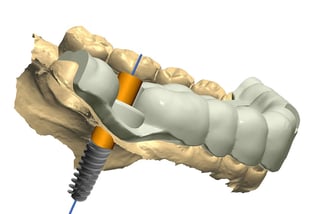
that really matters. For them, dental implants are ‘just’ replacements of missing roots, and a burden that they need to go through on their quest to restore missing teeth. However, dentists know that correct positioning of every implant is crucial to ensure the best form and function, while the misplacement of implants may result in poor esthetics and ability, or even damage to adjacent anatomical structures such as other teeth, bone, nerves and more.
Although experienced dentists and specialists are extremely successful in using freehand implant placement, there are four specific and notable benefits of guided surgery that should be considered:
- Restorative driven correct 3D positioning of each implant - to ensure implants are best positioned, with both bone and restoration in mind.
- Correct spacing between implants - to ensure that implants are not too close and not too far from the other, or from adjacent teeth.
- Flapless surgery - shortening the procedure and making it more efficient, while lowering patients’ morbidity.
- Increased safety - by preventing damage to adjacent teeth or other vital anatomical structures.
However, despite the fact that several computer-assisted implant guide systems are available, and despite their proven abilities and benefits, it is assumed that more than 90% of implants are still being placed using freehand techniques.
Flapless surgery
Out of all the benefits that guided surgery offers, the most significant one for patients is the ability to perform surgery without “opening” the gum. This option is called Flapless surgery, and of course it CANNOT be utilized by those who use the freehand implant placement technique. Flapless surgery is a documented, safe, efficient and convenient method for both patients and dentists, that combines high success rates, lower postoperative pain and shorter soft tissue healing periods - but as said can ONLY be performed using computer-guided surgery technology.
So, if guided surgery is so good - why has it been slow to catch on?
In essence there are 3 primary reasons:
- Working habits: dentists are trained to place implants without a guide, and this type of procedure has become a habit which is hard for them to change.
- Cumbersome workflow: in the past, guided surgery workflow was unclear to dentists. It required multiple visits before a guide could be fabricated, and required multiple clinical and laboratory steps even before a CT scan was obtained to evaluate the feasibility of an implant-based treatment plan.
- Cost: A few years back a computerized guide would easily cost several thousand dollars or more, which was a significant additional expense for a dentist, and a heavy additional cost for patients - making it a non-feasible option for many.
Overcoming these obstacles:
Cost: The dental industry identified these obstacles, and one of the first changes to occur was a dramatic cost decrease, lowering the price of a computer based guide from thousands of dollars to a few hundreds (and getting lower all the time). This price level is a game changer, since it makes computerized guides an affordable option that can be incorporated into the cost of the implants themselves, without a need to make a notable change in the overall treatment fee.
Habits: Habits are hard to change. However, experience shows that those who made a decision to incorporate guided surgery early on, adopted this technology, instantly making it part of their new working routine. Conversely, those who didn’t, failed to incorporate it into their clinical procedure and only rarely (if at all) used one. While changing habits are a key factor in embracing this technology, there is one more thing to consider: the adoption of a novel technique which can be used as a great marketing vehicle to promote and boost the practice, and present it as technologically advanced, up-to-date and unique. This is a great additional reward to anyone making such a change.
Making sense of the workflow: A combination of technological advancements in 3D imaging, the incorporation of 3D scanners and improvements in the planning software allowed the creation of a simple, reasonable and manageable workflow that makes sense to dentists. In the past, computerized planning required that a set of models, a wax-up and a radiologic stent are made BEFORE a CT scan was obtained, requiring a substantial investment by both dentists and patients.
Today, things are much simpler. In fact all cases can be divided into two main types:
In most cases, the planning software can create and utilize a virtual wax-up to plan correct implant positions. In more complex cases, or in cases of full arch restorations, existing dentures (if they represent correct final teeth positions) or a wax-up can be scanned SEPARATELY and then be super-positioned and merged with the patient’s CT scan for the purpose of implant position planning.
In short, the most commonly used workflow can be summarized in the following table:
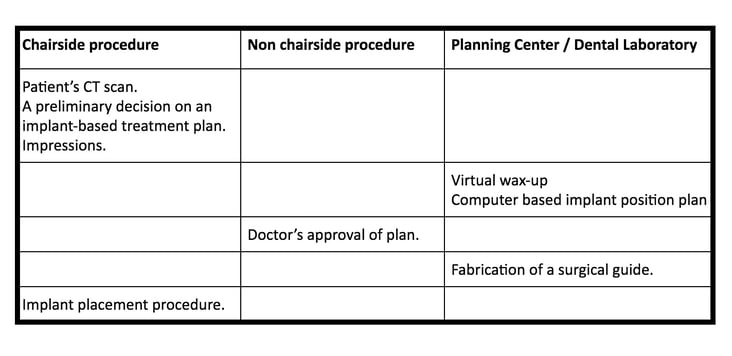
And one more thing…
While patients usually don’t know a great deal about dentistry, they all prefer surgical procedures that are less invasive, and of course, a shorter and easier healing period following it. But today, many of them also know a lot about technology. Guided surgery gives dentists the opportunity to upgrade patients’ experience while bringing their offices to a new level.
The computer based planning interface gives patients the opportunity to become more involved in their treatment plan, allowing clinicians a better method to explain treatment options, show predicted outcomes, and explain any clinical risks, thus gaining confidence that the treatment is correctly planned. In other words, guided surgery is not only a surgical tool. It is a practice booster and a great marketing tool.
If you're looking to enter the digital world of computer-guided implant placement then talk to the team at Adin Dental Implant Systems about our guided implant system. It offers dentists a cost-effective way of boosting patient footfall while making dental implant placement more accurate, efficient, and therefore safer for the patient.

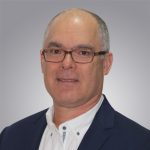
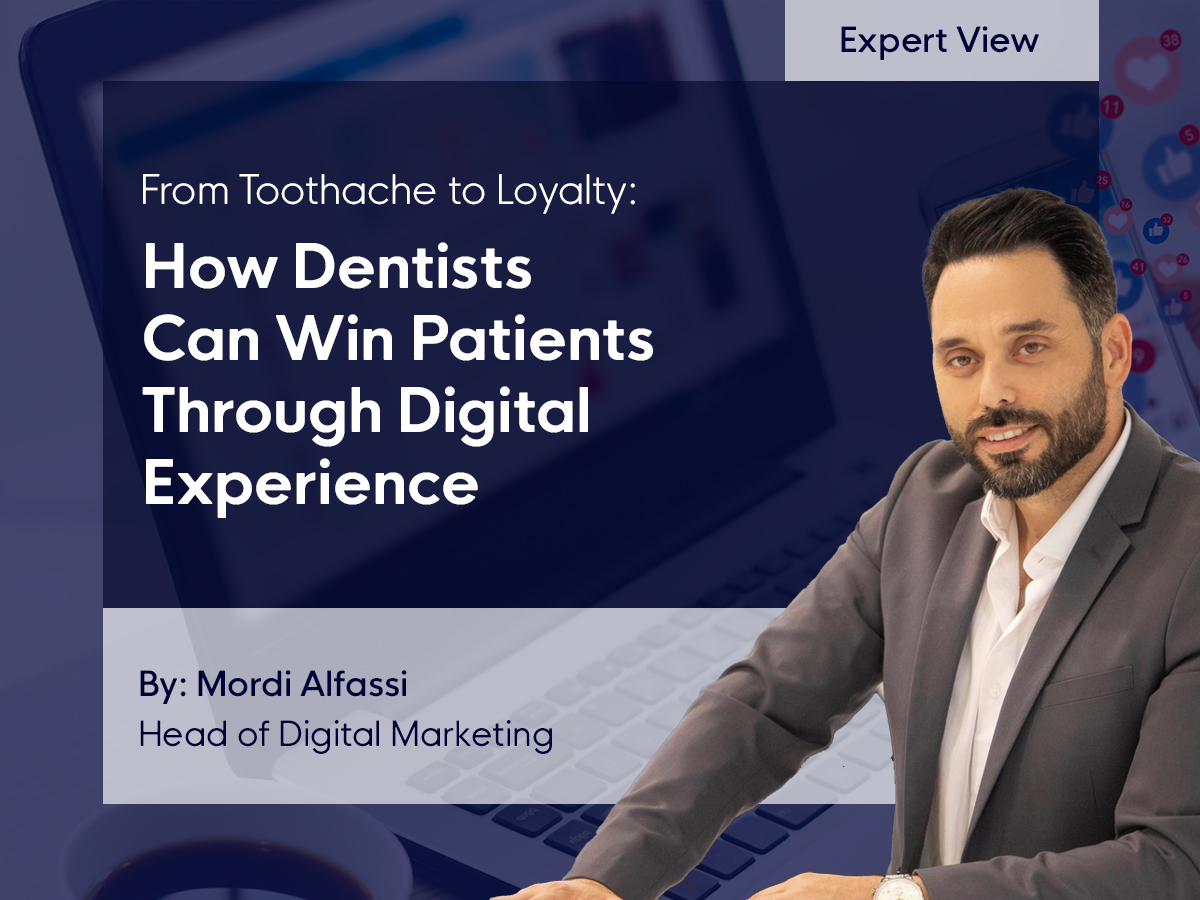
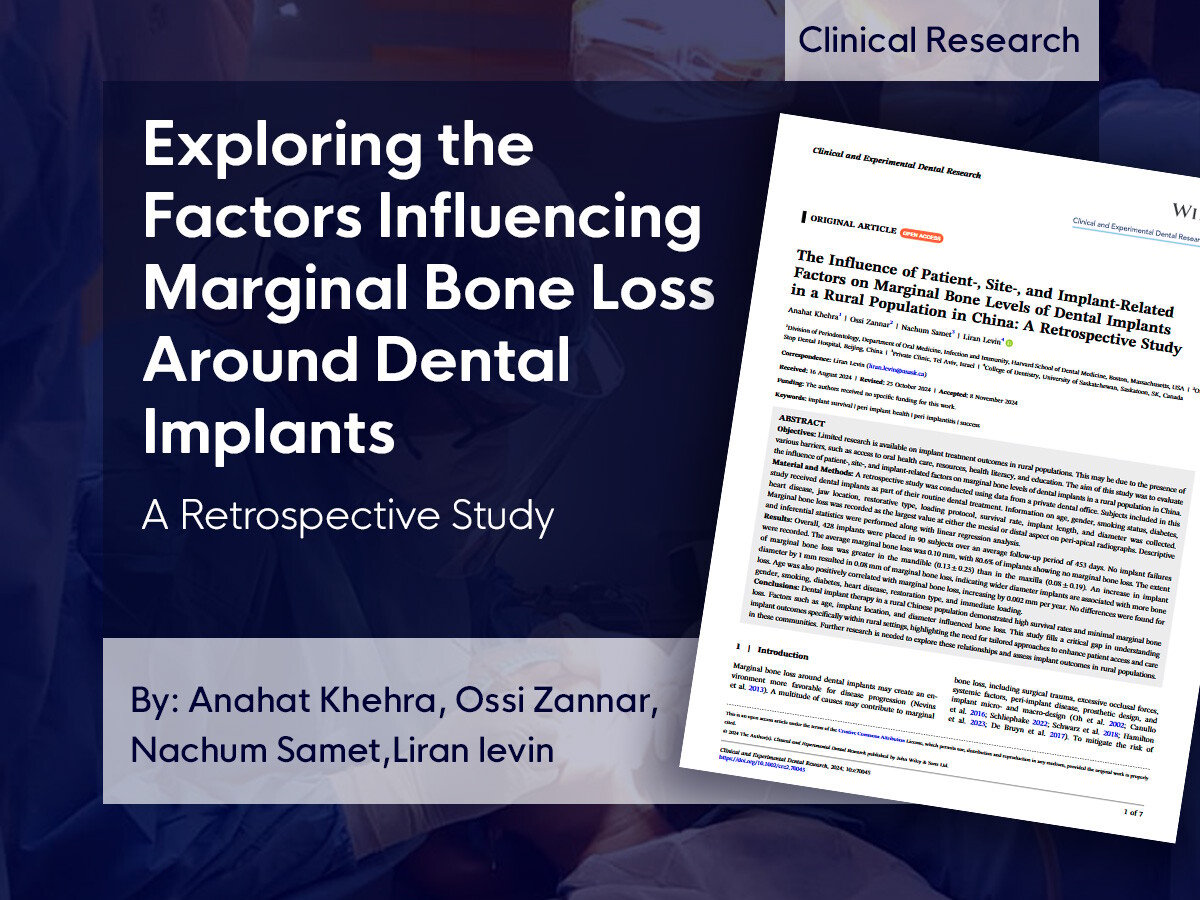
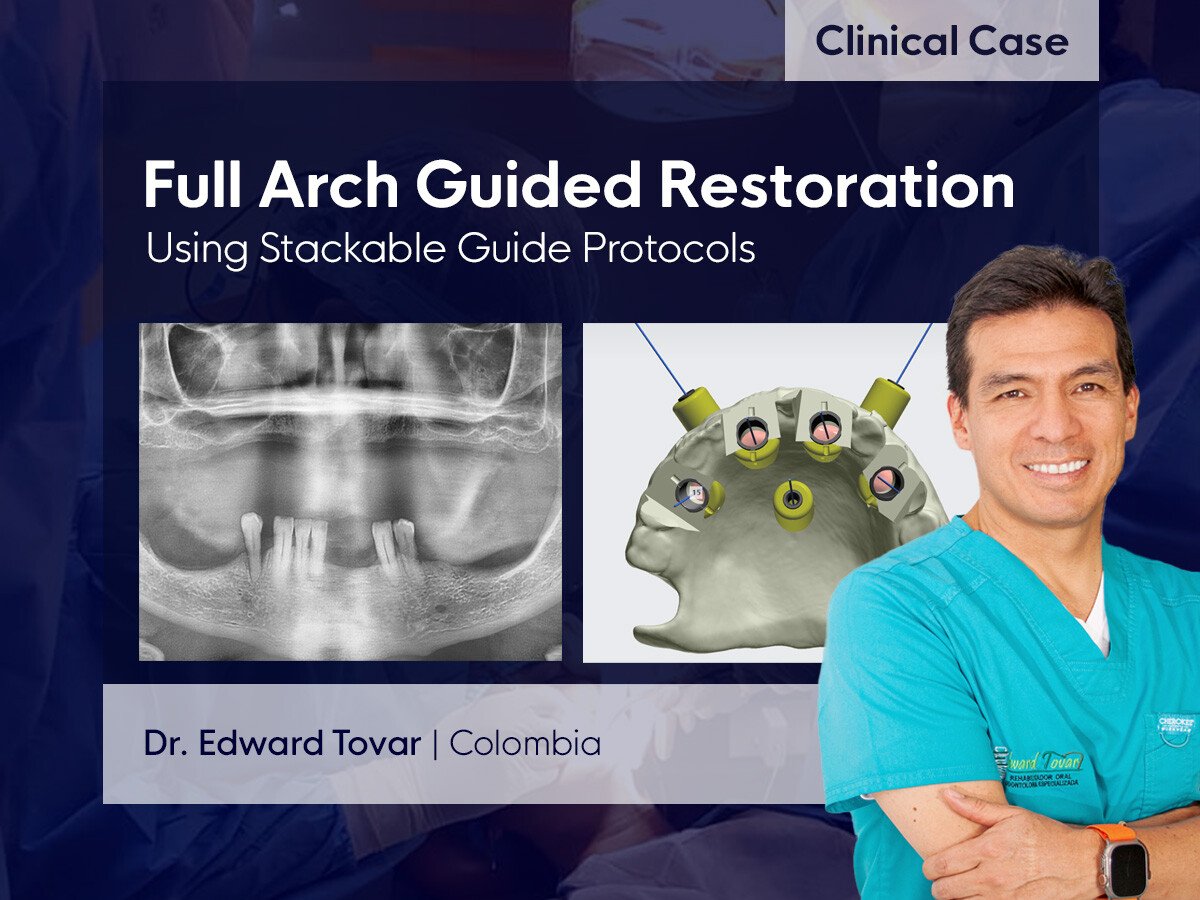

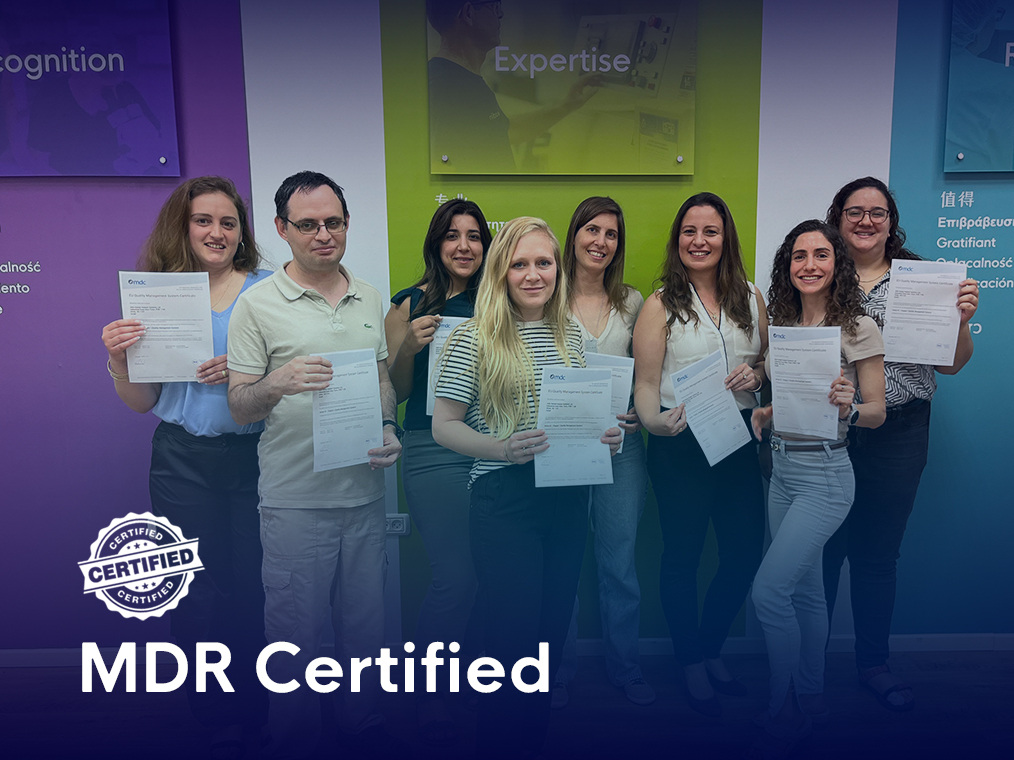

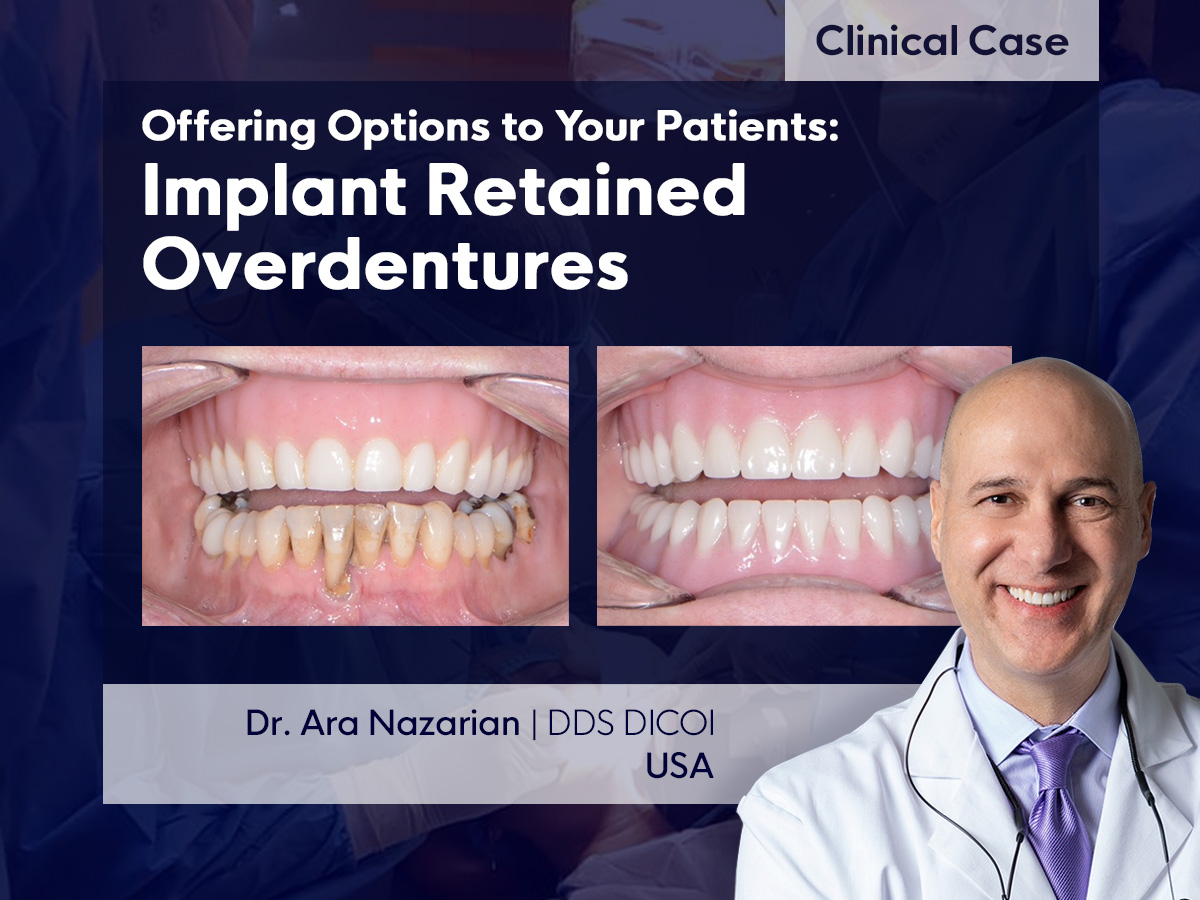
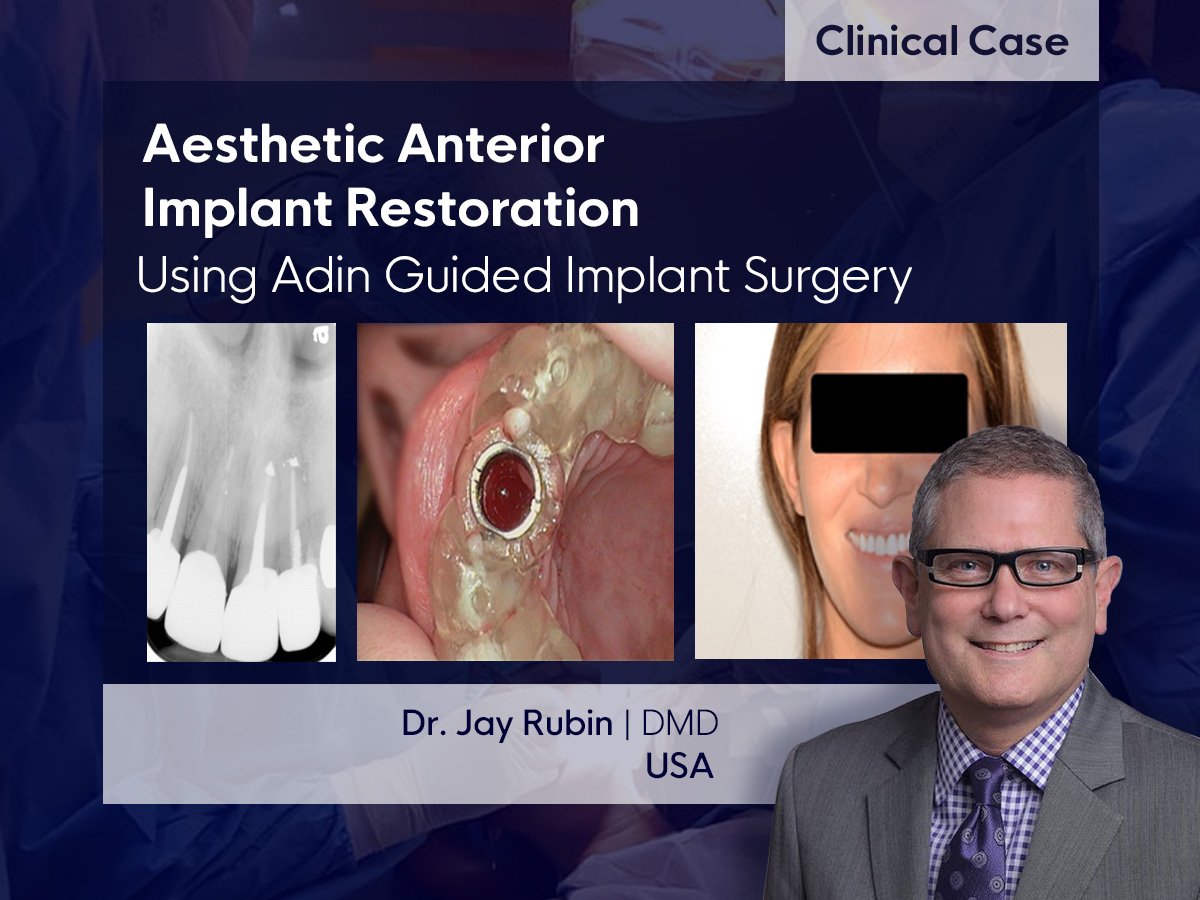

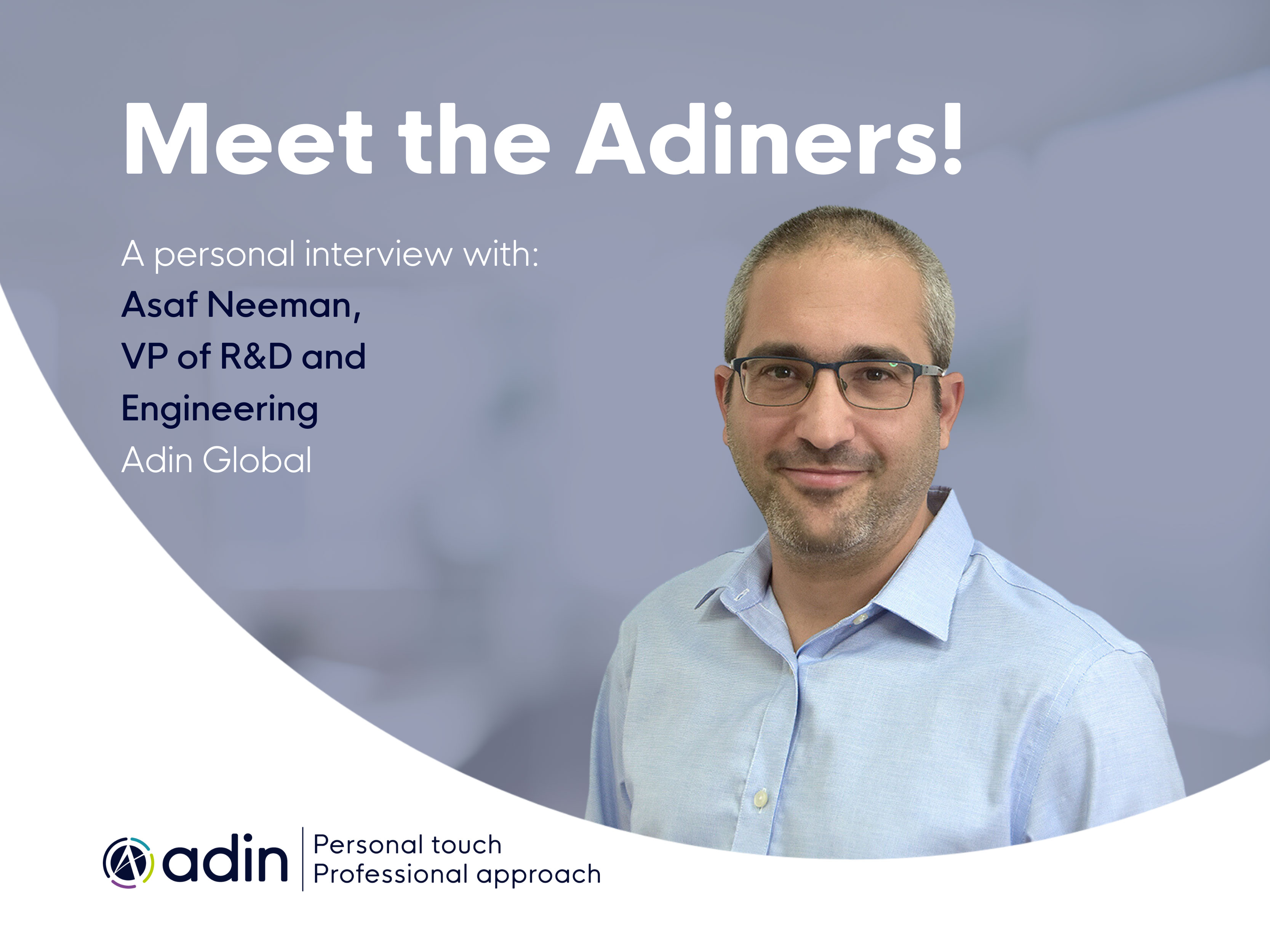


Leave a Comment